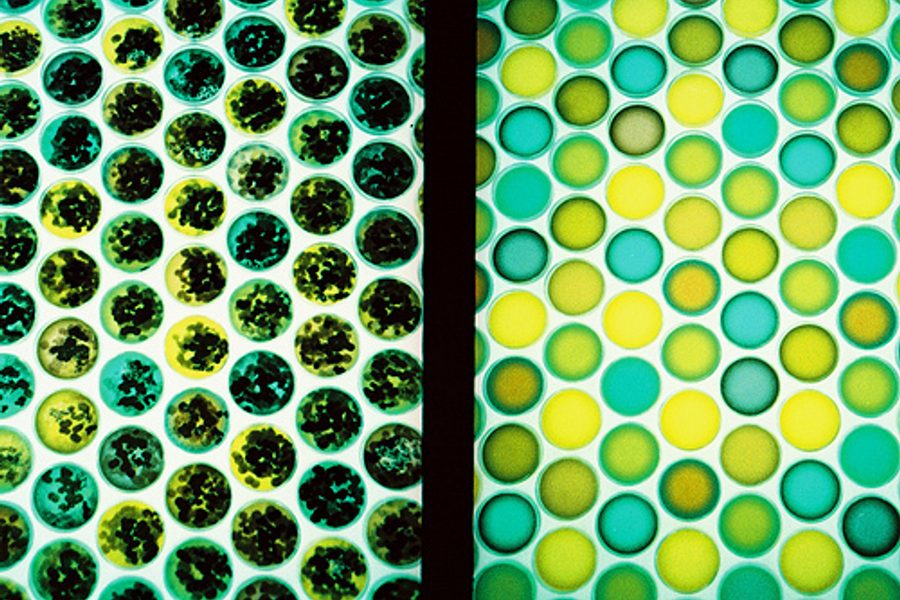
Carl Zimmer reports on a new service that may help scientists avoid one of the great pitfalls of reserch, irreproducible results:
Here’s how it is supposed to work. Let’s say you have found a drug that shrinks tumors. You write up your results, which are sexy enough to get into Nature or some other big-name journal. You also send the Reproducibility Initiative the details of your experiment and request that someone reproduce it. A board of advisers matches you up with a company with the experience and technology to do the job. You pay them to do the job — Iorns estimates the bill for replication will be about 10 percent of the original research costs — and they report back whether they got the same results.
The Public Library of Science (PLoS) has volunteered to publish anything that the Reproducibility Initiative produces. That’s good news for the original authors, who get a second publication for their CVs.
Zimmer doesn’t say what happens if the Reproducibility Initiative is unable to replicate a study’s results. Can the original authors suppress the non-confirmation?




